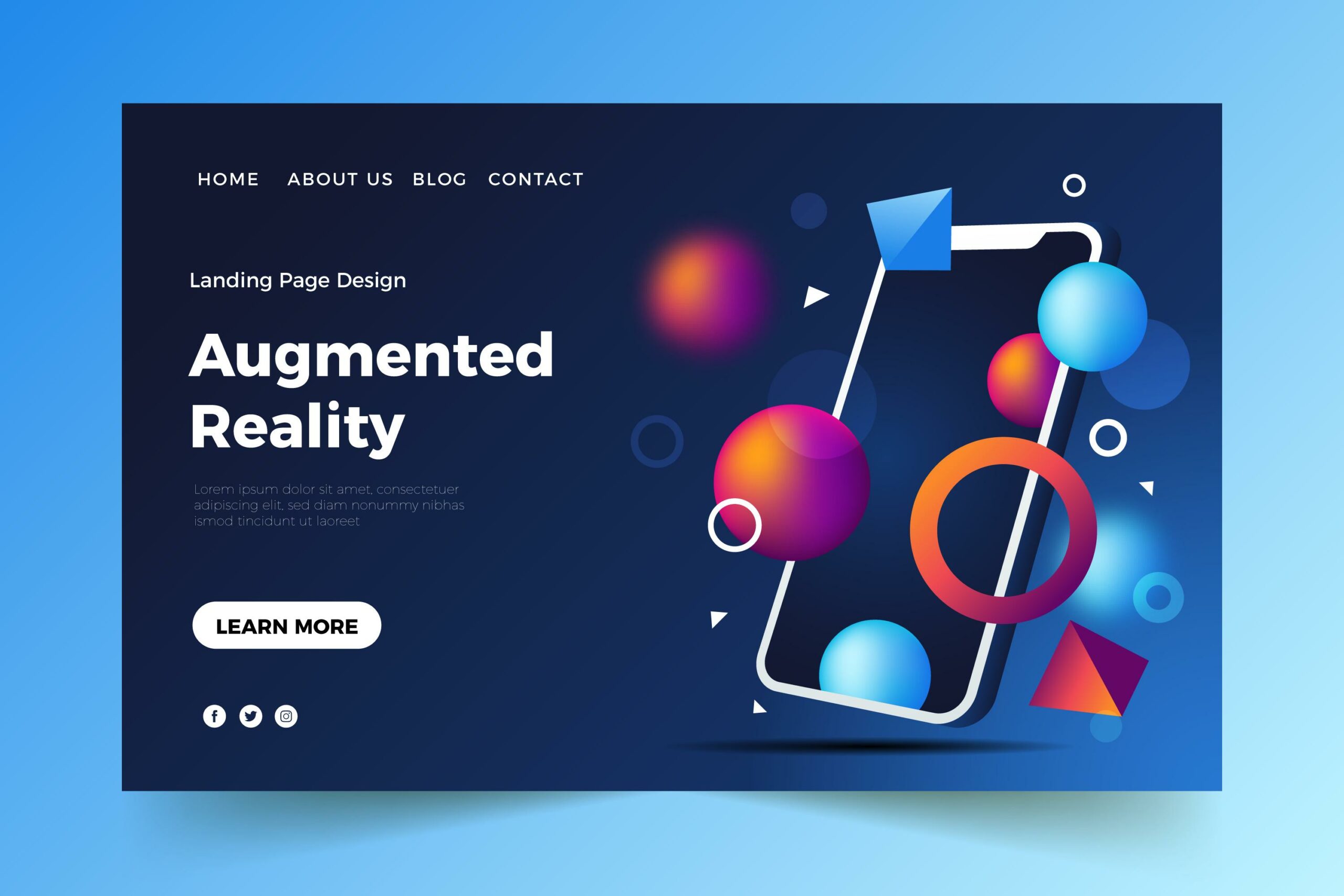In the ever-evolving world of web and mobile user interface (UI) design, the integration of 3D graphics has emerged as a game-changer. It allows designers and developers to create more immersive and engaging user experiences that were once only possible in the realm of video games and high-end simulations.
The Evolution of 3D Graphics in UI
Traditionally, web and mobile UI designs were confined to 2D elements due to limitations in technology and performance. However, with advancements in hardware capabilities, browsers, and graphic rendering, the integration of 3D graphics has become a feasible and increasingly popular option. This shift has brought about a paradigm change in how we interact with digital interfaces.
Benefits of 3D Graphics in UI
- Enhanced User Engagement: 3D graphics have the power to captivate users and hold their attention. Whether it’s a rotating product showcase on an e-commerce site or an interactive map that users can explore from different angles, 3D elements make the experience more engaging and memorable.
- Realism and Authenticity: In mobile and web UI, 3D graphics can be used to simulate real-world objects and environments. This adds authenticity to the user experience, making it easier for users to understand and interact with the interface. For instance, a 3D globe in a map application can provide a more realistic representation of Earth.
- Interactivity: 3D elements can be made interactive, allowing users to manipulate, zoom, and rotate objects. This hands-on experience empowers users and enhances their sense of control, contributing to a more immersive interface.
- Data Visualization: Complex data can be better understood when presented in 3D. For instance, a 3D chart or graph can provide deeper insights and make data more accessible and engaging for the user.
- Aesthetic Appeal: 3D graphics can elevate the visual aesthetics of a UI. When done right, they can make a design more visually appealing and modern, which can be particularly useful for branding and marketing.
Challenges of Implementing 3D Graphics
While the benefits are clear, there are some challenges associated with implementing 3D graphics in web and mobile UI:
- Performance: 3D graphics can be resource-intensive. They may require powerful hardware and optimized rendering to ensure smooth performance, which can be a concern for devices with limited capabilities.
- Compatibility: Ensuring compatibility across different devices, browsers, and platforms can be challenging. Not all users have the same level of access to 3D capabilities.
- Usability: 3D elements should enhance the user experience, not hinder it. Poorly designed 3D interfaces can be confusing and frustrating for users, so careful consideration of usability is crucial.
- Learning Curve: Designers and developers may need to acquire new skills and tools to create effective 3D UI elements, which can be time-consuming and present a learning curve.
Examples of 3D Graphics in Web and Mobile UI
- Augmented Reality (AR) Apps: AR applications often use 3D graphics to overlay virtual objects in the real world, enhancing user interactions with their surroundings. Examples include Pokémon GO and furniture apps that allow users to visualize how a piece of furniture would look in their home.
- E-commerce: Online retailers use 3D graphics to showcase products from multiple angles, allowing customers to inspect items as if they were in a physical store. This approach improves the decision-making process for buyers.
- Maps and Navigation: Modern map applications utilize 3D graphics to represent terrain and landmarks, providing users with a more intuitive and immersive navigation experience.
- Gaming: While gaming apps are a distinct category, they showcase the potential of 3D graphics in mobile UI. Games like Fortnite and PUBG Mobile feature stunning 3D environments and characters, setting high standards for visual quality and interactivity.
- Product Configurators: Companies use 3D configurators on their websites to allow customers to customize products in real time. This is particularly common in the automotive and fashion industries.
Future Trends
The use of 3D graphics in web and mobile UI is expected to continue growing. Some emerging trends include:
- Web-Based 3D Tools: As web browsers become more capable of handling 3D content, we can expect the rise of web-based 3D design and development tools that make it easier for designers to create immersive UI elements.
- AR and VR Integration: Augmented and virtual reality will become more integrated into mobile and web UI, offering unique and interactive experiences for users.
- Accessibility Improvements: Efforts will be made to ensure that 3D graphics are accessible to users with disabilities, making sure that inclusivity remains a priority.
- Cross-Platform Compatibility: The industry will continue working towards creating 3D UI elements that work seamlessly across various devices and platforms.
The integration of 3D graphics in web and mobile UI is revolutionizing the way we interact with digital interfaces. From enhancing user engagement and interactivity to improving data visualization and providing more authentic representations, the benefits of 3D graphics are numerous. While challenges exist, the future of 3D graphics in UI design looks promising, with a focus on performance, usability, and compatibility. As technology continues to advance, we can expect even more immersive and engaging user experiences in the years to come. Designers and developers who embrace these advancements will be well-positioned to create cutting-edge interfaces that leave a lasting impression on users.
For more blogs related to design: https://www.dotsod.in/blog/
Follow DOT School of Design on Facebook, Instagram, LinkedIn, Medium and YouTube



